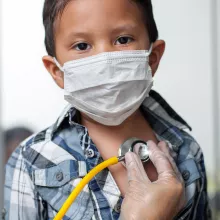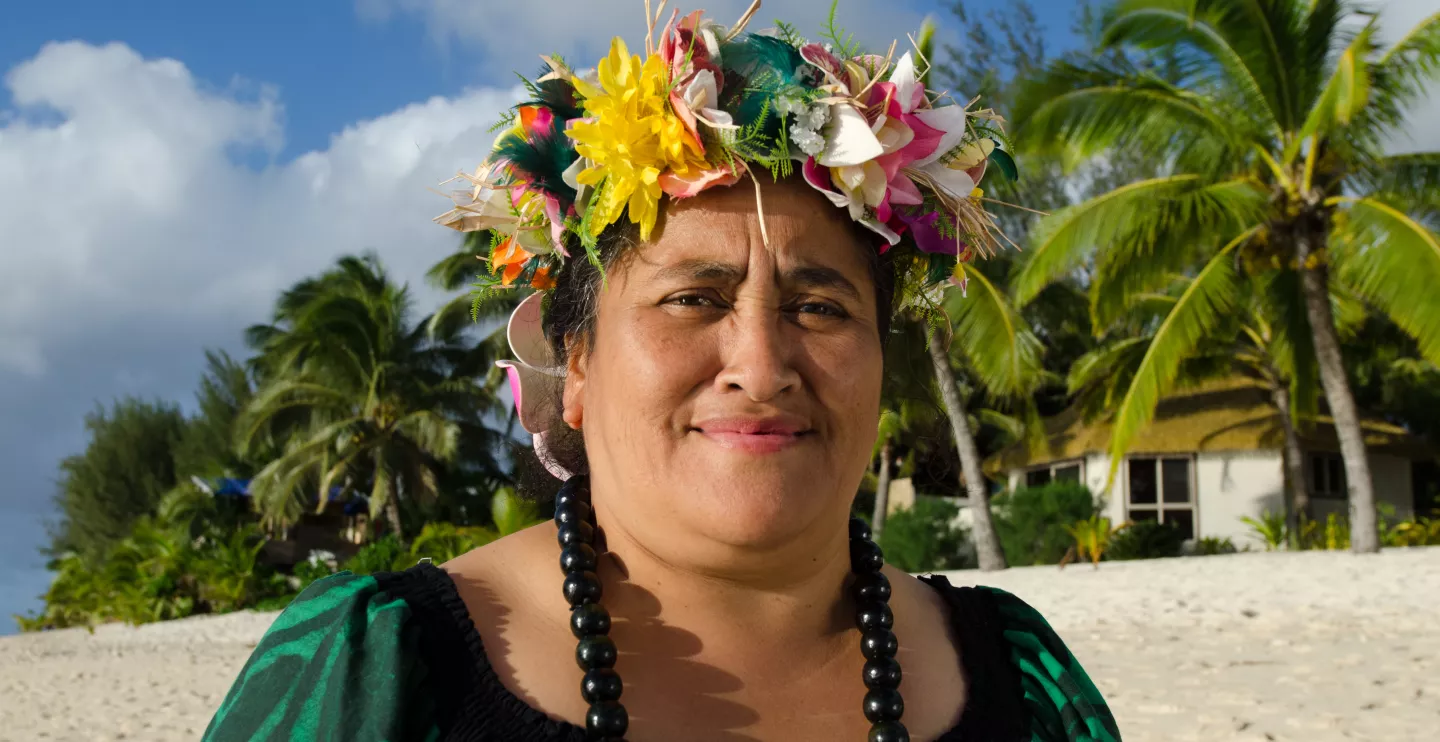Publications Menu
Summary: This fact sheet provides an overview of key state and national child health facts to inform work that needs to be done to make California the best state to raise healthy, thriving children. The design and implementation of data collection systems often neglect to include Native Hawaiian and Pacific Islander (NHPI) community expertise, and as a result, NHPI data are insufficiently or inaccurately collected, aggregated together with Asian American (AA) data, or not collected at all.
Estimates from the 2019, 2020, and 2021 California Health Interview Surveys (CHIS) and data from other sources are presented on these topics: population, mental health, protective factors, health coverage and access, school success and safety, oral health, community and family well-being, hate and discrimination, COVID-19, food access, economic well-being, and language access.
Findings include:
- At least 96,998 California children and youth under 18 identify as Native Hawaiian and Pacific Islander (NHPI)
- Slightly over 1 in 3 (34%) NHPI youth in 7, 9, and 11th grades in California public schools report feeling depressed. An estimated 18% of NHPI 7th graders and 22% of NHPI 11th graders in California public schools have considered suicide, above the state average (15% and 16%).
- Over 1 in 3 (38%) NHPI children live in immigrant families with at least one parent or guardian who was born outside of the United States. An estimated 91% of all AANHPI children are U.S. citizens, and 13% or 142,000 AANHPI children were born outside of the United States.
- Over 1 in 3 (37% or 296,000) of AANHPI children are bilingual.
- Approximately 50% of AANHPI third graders have experienced tooth decay and 17% have experienced untreated tooth decay, compared to 40% and 14% of white children, respectively.
Native Hawaiian and Pacific Islander children and youth come from diverse and resilient cultural and linguistic backgrounds despite facing a legacy of systemic racism, colonization of their land and forced displacement. Systems and policymakers should identify and build on NHPI communities’ strengths, resources, and expertise. Community-defined protective factors — conditions or attributes that help mitigate or eliminate risks to health defined by community members themselves — are strengths that can help prevent and reduce health inequities impacting children from historically marginalized communities. These factors — such as strong and supportive family relationships, support from native healers, and relationships with peers — can guide the development of community-centered interventions that utilize and uplift unique community strengths to address persistent challenges.
Read the Publication:













